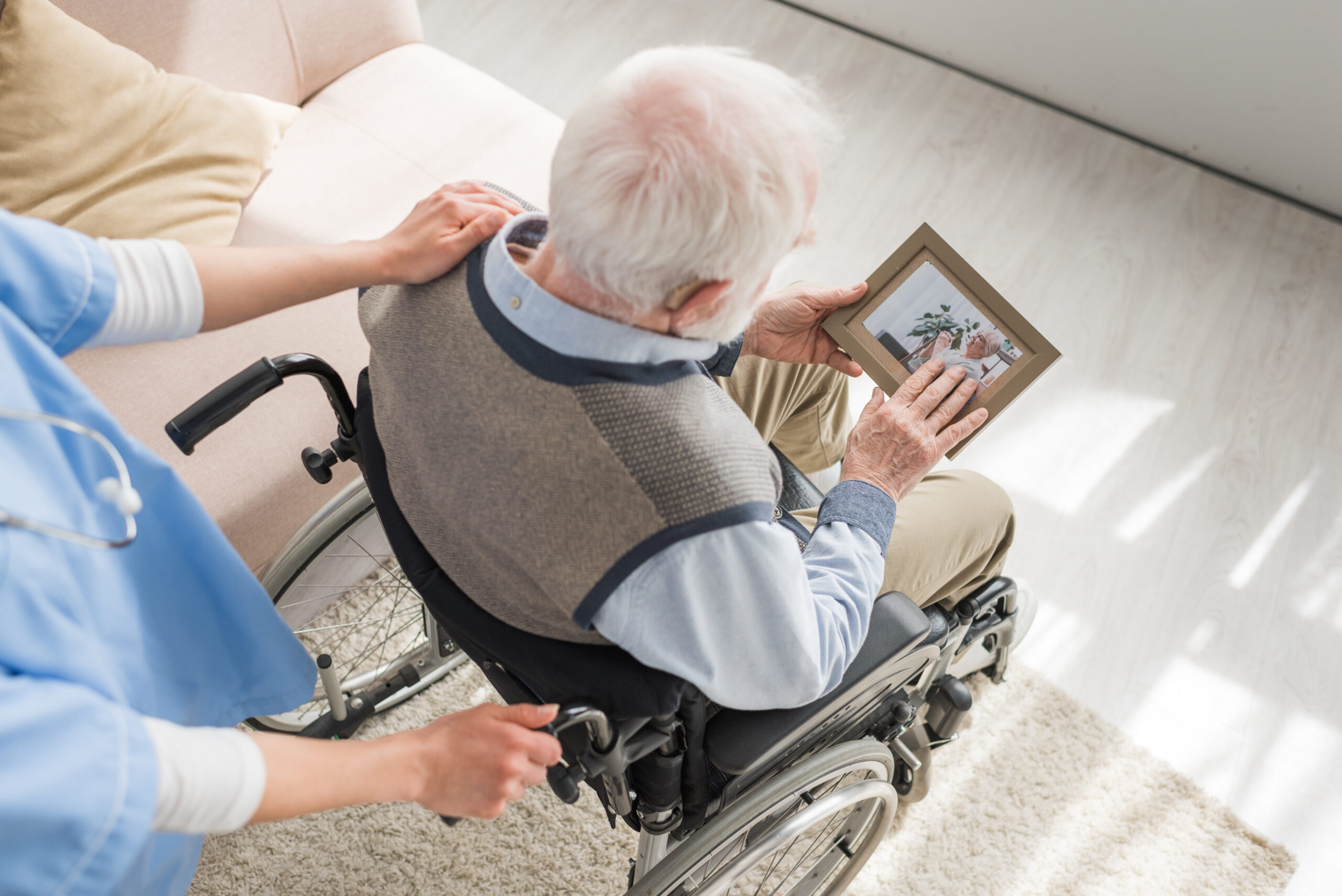Assessing telehealth’s role in bridging gaps in Alzheimer’s care delivery
### Telehealth’s Role in Bridging Gaps in Alzheimer’s Care Delivery
Alzheimer’s disease is a significant health concern for millions of Americans, particularly those aged 65 and older. The disease often progresses slowly, making early detection and proper care crucial. However, traditional healthcare systems can sometimes fall short in providing timely and accessible care. This is where telehealth comes in, revolutionizing the way we deliver healthcare services, especially for those with Alzheimer’s.
### What is Telehealth?
Telehealth refers to the use of technology to provide healthcare services remotely. This can include video calls with doctors, online consultations, and even monitoring vital signs from home. For Alzheimer’s patients, telehealth offers several benefits that traditional in-person visits cannot match.
### Early Detection and Diagnosis
One of the biggest challenges in Alzheimer’s care is the delay in diagnosis. Patients often experience memory and thinking deficits for years before receiving a diagnosis. Telehealth can help bridge this gap by providing early detection and diagnosis. For instance, Neurogen Biomarking has developed an at-home blood-based biomarker test collection kit combined with digital cognitive assessments. This system flags high-risk patients early and supports them directly with board-certified neurologists via telehealth[4].
### Access to Care
Alzheimer’s patients often face long wait times for appointments, which can delay medical interventions. Telehealth reduces these wait times significantly. Patients can schedule virtual appointments with neurologists, receive cognitive health education, and get personalized action plans. This proactive approach ensures that patients receive timely and accurate information, empowering them to make informed decisions about their care[4].
### Personalized Care Plans
Telehealth allows for the creation of personalized care plans tailored to individual needs. By combining scientifically-validated data insights with at-home testing and virtual consultations, telehealth platforms can provide comprehensive care that is not limited by geographical constraints. This personalized approach helps in managing symptoms more effectively and improving overall quality of life for patients[4].
### Reducing Isolation
Alzheimer’s patients often experience feelings of isolation due to the nature of the disease. Telehealth helps mitigate this by providing virtual interactions and activities. Video calls with family members and healthcare providers can significantly reduce feelings of loneliness, promoting emotional well-being[1].
### Addressing Barriers to Equitable Use
While telehealth offers numerous benefits, there are still barriers to its equitable use among older adults. These barriers include technological literacy, privacy concerns, and access to devices. Addressing these issues is crucial to ensure that telehealth services are accessible to all who need them. Identifying specific barriers faced by patients and providing education and support can help overcome these challenges[5].
### Conclusion
Telehealth is transforming the way we deliver Alzheimer’s care by providing early detection, reducing wait times, and offering personalized care plans. By leveraging technology, we can ensure that patients receive timely and accurate information, empowering them to manage their condition effectively. As technology continues to advance, it is essential to address the barriers to equitable use, making telehealth services accessible to all who need them. With its potential to bridge gaps in care delivery, telehealth is a vital tool in the fight against Alzheimer’s disease.





